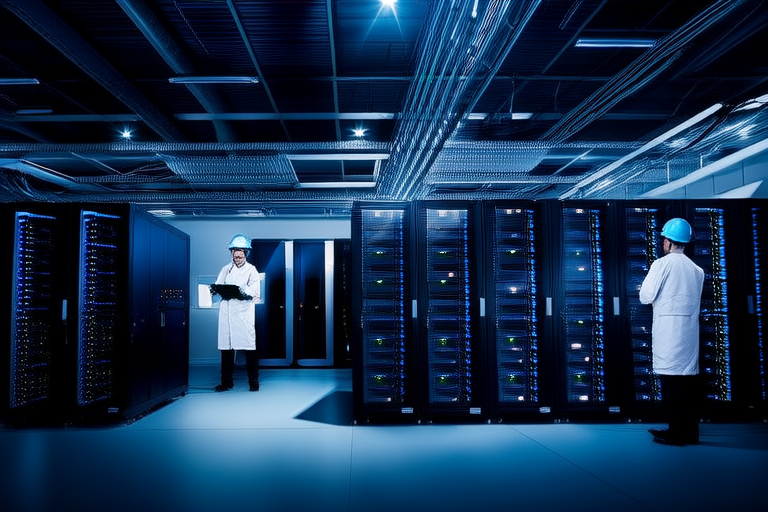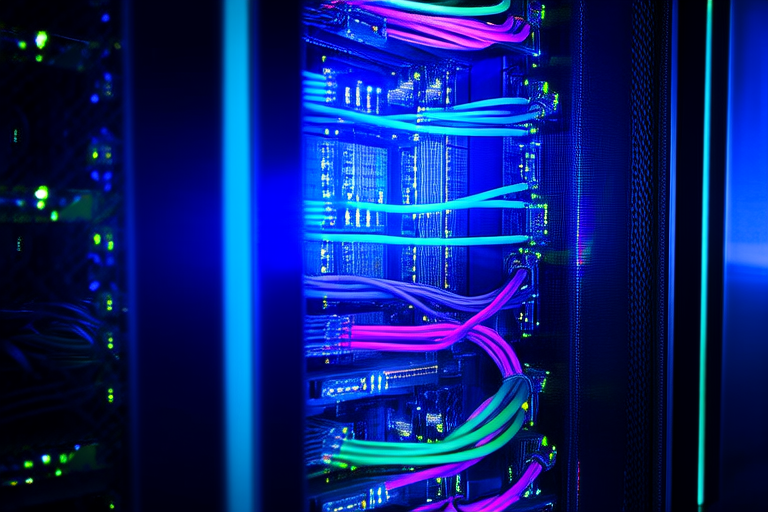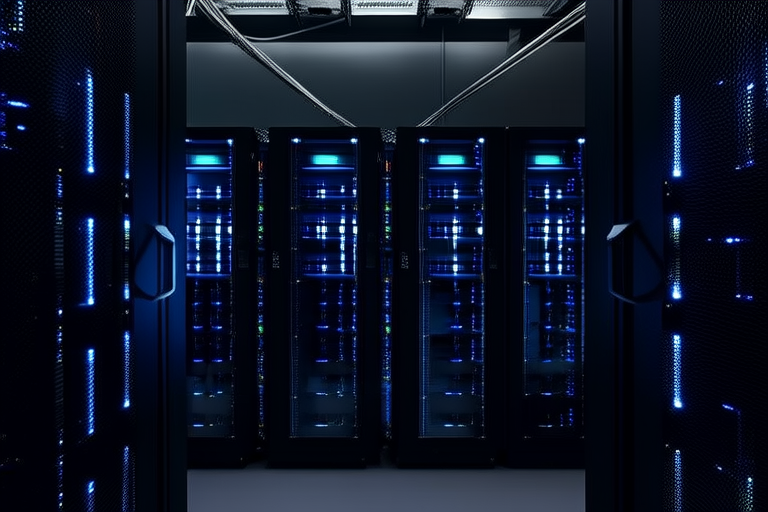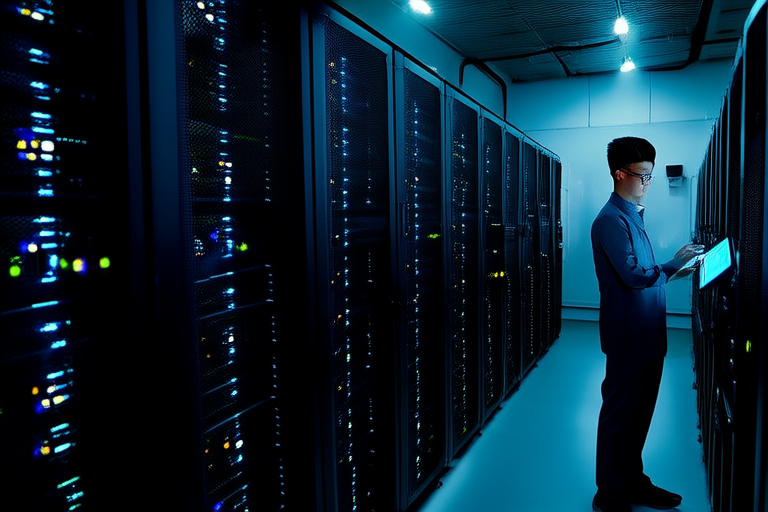Optimizing Performance: Leveraging Both Cloud and Edge Computing for Efficiency
Introduction
In today’s data-driven world, organizations face the challenge of processing vast amounts of data quickly and efficiently. Two critical technologies that have emerged to address these needs are cloud computing and edge computing. Cloud computing refers to the delivery of computing services—such as servers, storage, databases, networking, software, analytics, and intelligence—over the internet (“the cloud”). Edge computing, on the other hand, involves processing data at the edge of the network, closer to the source of the data. By leveraging both cloud and edge computing, businesses can optimize performance, enhance user experiences, and drive innovation.
Understanding Cloud Computing
Definition: Cloud computing provides scalable and flexible IT resources over the internet. Instead of maintaining physical hardware in-house, companies can rent computing power, storage, and other services from cloud service providers.
- Scalability: Cloud computing allows businesses to easily scale up or down based on demand.
- Cost-Efficiency: Companies only pay for the resources they use, eliminating the need for expensive upfront investments in infrastructure.
- Flexibility: Users can access cloud services from anywhere with an internet connection, enabling remote work and collaboration.
Use Cases: Cloud computing excels in scenarios such as web hosting, software development, big data analytics, and disaster recovery. For example, many websites rely on cloud-based platforms to handle traffic spikes during peak hours without compromising performance.
Understanding Edge Computing
Definition: Edge computing processes data near the source of generation, reducing the need to send all data to a central server. This approach minimizes latency and enhances real-time decision-making capabilities.
- Reduced Latency: Processing data locally reduces the time it takes for data to travel between devices and servers.
- Improved Reliability: Edge computing ensures continuous operation even when connectivity issues arise.
- Lower Bandwidth Usage: By processing data locally, less data needs to be transmitted over the network, conserving bandwidth.
Use Cases: Edge computing is particularly beneficial in applications requiring real-time responses, such as industrial automation, healthcare monitoring systems, and autonomous vehicles. For instance, self-driving cars rely on edge computing to process sensor data instantly, ensuring safe navigation.
The Synergy Between Cloud and Edge Computing
The combination of cloud and edge computing offers numerous advantages. While cloud computing handles complex tasks and large-scale data processing, edge computing accelerates local operations and improves responsiveness. Together, they create a powerful ecosystem capable of delivering superior performance across various industries.
- IoT Applications: In Internet of Things (IoT) deployments, edge devices collect and analyze data locally before sending relevant insights to the cloud for further processing. This approach ensures timely actions while minimizing network congestion.
- Autonomous Vehicles: Autonomous vehicles require real-time decision-making based on sensor inputs. Edge computing enables quick analysis of video feeds and other sensor data, while cloud services provide long-term storage and advanced analytics.
- Smart Cities: Smart city initiatives leverage edge computing to manage traffic lights, monitor environmental conditions, and enhance public safety. Cloud platforms support data aggregation, analysis, and predictive modeling to improve urban planning and resource allocation.
Challenges and Considerations
Integrating cloud and edge computing presents several challenges that must be addressed to ensure seamless operation.
- Data Security: Ensuring secure transmission and storage of sensitive information remains a top priority. Implement robust encryption protocols and access controls to protect data both in transit and at rest.
- Interoperability: Different systems may use incompatible standards or formats, complicating integration efforts. Adopt open standards and APIs to facilitate communication between cloud and edge components.
- Management Complexity: Managing distributed systems requires sophisticated tools and expertise. Invest in comprehensive monitoring and management solutions to simplify operations and maintain system integrity.
To overcome these challenges, organizations should prioritize security best practices, promote standardization, and adopt advanced management tools. Additionally, fostering collaboration among stakeholders can help streamline integration processes and accelerate adoption.
Future Trends and Innovations
The landscape of cloud and edge computing continues to evolve, driven by advancements in technology and increasing demand for more efficient solutions.
- 5G Integration: The rollout of 5G networks promises faster speeds and lower latencies, enhancing the capabilities of edge computing. This convergence will enable new applications and services, particularly in areas like augmented reality (AR) and virtual reality (VR).
- AI Integration: Artificial intelligence (AI) and machine learning (ML) are increasingly being integrated into cloud and edge computing frameworks. These technologies enable smarter decision-making, predictive maintenance, and personalized experiences.
- Hybrid Architectures: As organizations recognize the strengths of both cloud and edge computing, hybrid architectures that combine the two approaches are becoming more prevalent. These architectures offer flexibility, scalability, and optimized performance tailored to specific use cases.
These trends are expected to shape the future of technology optimization, driving innovation and improving operational efficiency across industries.
Conclusion
Leveraging both cloud and edge computing is essential for optimizing performance in today’s digital landscape. By harnessing the strengths of each technology, businesses can achieve enhanced agility, reliability, and efficiency. As we move forward, embracing these innovations will be crucial for staying competitive and meeting the demands of tomorrow’s connected world. We encourage readers to explore how they can integrate cloud and edge computing into their own environments to unlock new opportunities and drive growth.




